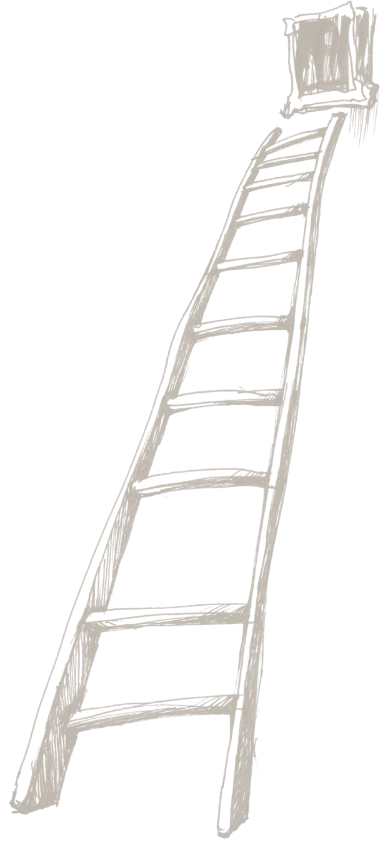

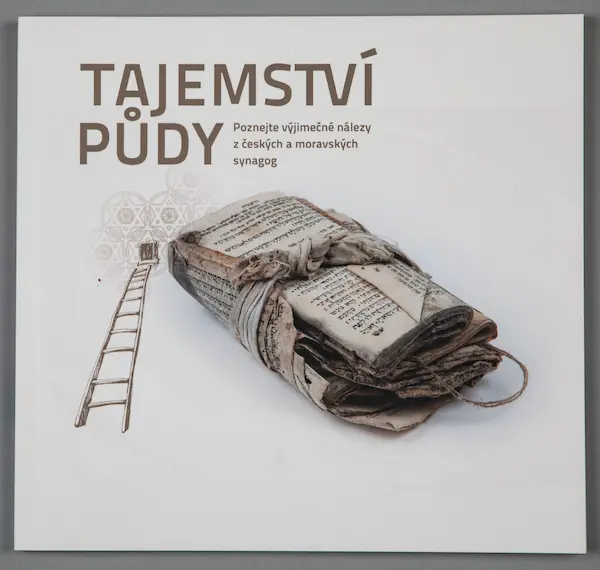
The Secrets in the Attic catalogue focuses on the topic of the genizah, the Jewish custom of storing away worn-out Jewish ritual objects and sacred texts in a place where they can disintegrate naturally – usually in a synagogue attic. Employees of the Jewish Museum in Prague have been carrying out genizah research in the attics of synagogues in Bohemia and Moravia since the 1990s. They have already discovered several thousand fragments of books and scrolls, as well as textiles and objects made of wood and metal dating from between the 16th and 19th centuries. These finds authentically guide the reader through the everyday life of a traditional rural Jew, throughout the Jewish year with its holidays – and through the Jewish quarter, including the synagogue, school and cemetery. This richly illustrated publication was put together as an accompanying catalogue for the Secrets in the Attic exhibitions (April–June 2022 at the Chrudim Regional Museum; April–June 2023 at the Museum of West Bohemia in Pilsen) as part of a project of the same name, which is supported by Island, Lichtenstein and Norway through the European Economic Area (EEA) Grants.
Jewish Museum in Prague (2022)
Team of authors
978-80-87366-64-6
Price: CZK 100
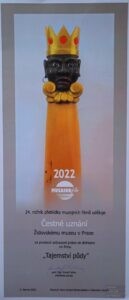

The Secrets in the Attic project was featured in the film Secrets in the Attic, which was screened on 9 June 2022 at MUSAIONfilm 2022, a museum film festival held by the J. A. Comenius Museum in Uherský Brod. The film received an honourable mention for its “engaging portrayal of work on collections”.
The short film Secrets in the Attic: Finds from the Attics of Bohemian and Moravian Synagogues was made as part of the Jewish Museum’s project of the same name. The aim of this project is to treat (conserve-restore), process (catalogue and digitize), and present (through exhibitions and accompanying programmes) an exceptional set of genizah finds from Bohemia and Moravia in the Jewish Museum’s collection. The film shows where the objects were discovered and highlights the process of conserving-restoring these items, which constitute an important part of the cultural heritage of the local Jewish community. In addition, the film draws attention to the genizah phenomenon, which remains almost unknown to the general public.
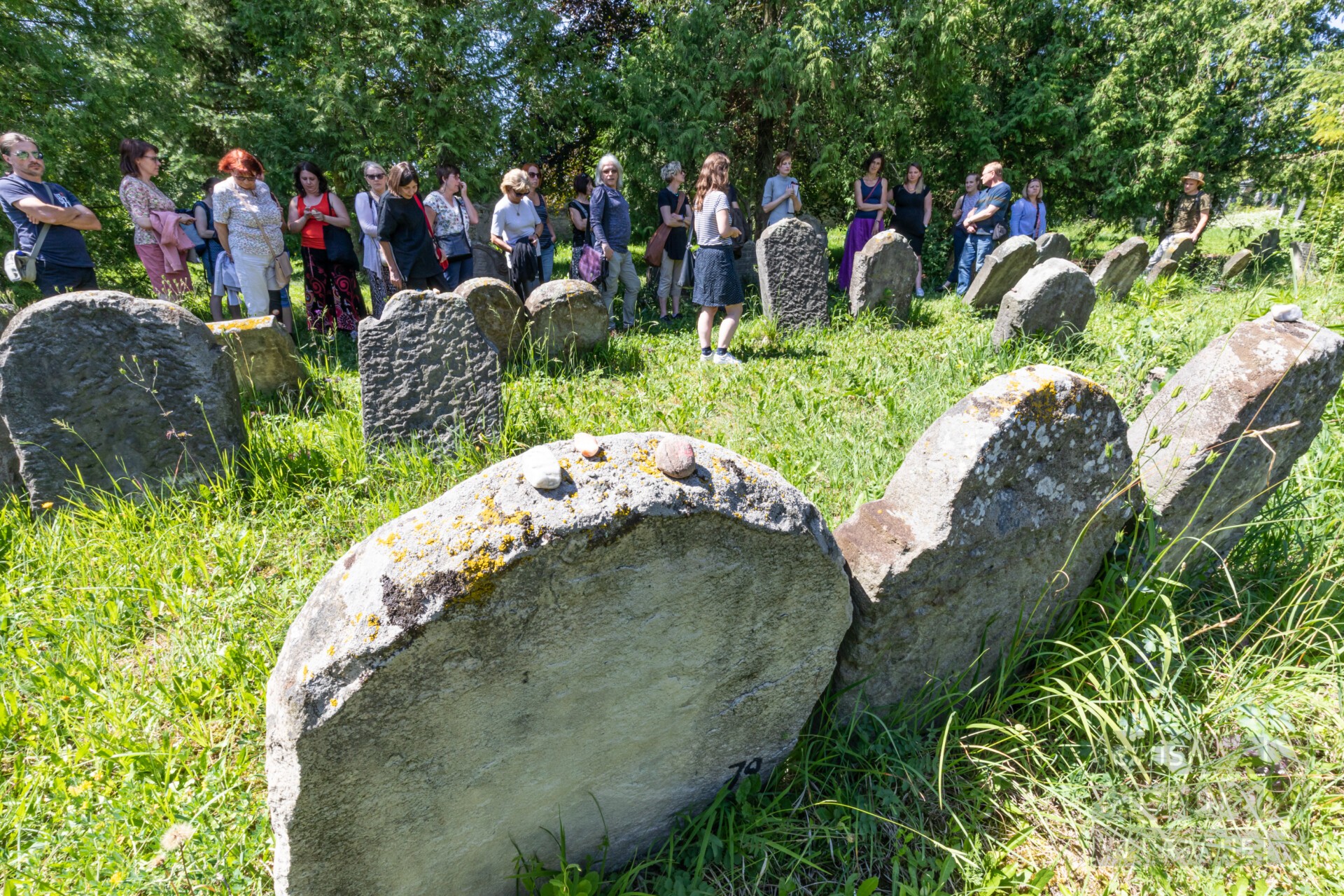
On 14–16 June 2022, a workshop for conservators, restorers, and museum professionals was held at the Chrudim Regional Museum.
The workshop was organized by the Jewish Museum in Prague in association with with the Chrudim Regional Museum as part of the Secrets in the Attic project, which is supported by Island, Lichtenstein and Norway through the EEA Grants. The aim of the workshop was to strengthen the professional competencies of museum staff in the area of care for the movable cultural heritage.


On 10 August 2022, the Jewish Museum’s curator Lenka Uličná presented the Secrets in the Attic project in the form of a poster session at the 18th Congress of Jewish Studies on the Hebrew University Mt. Scopus Campus in Jerusalem.
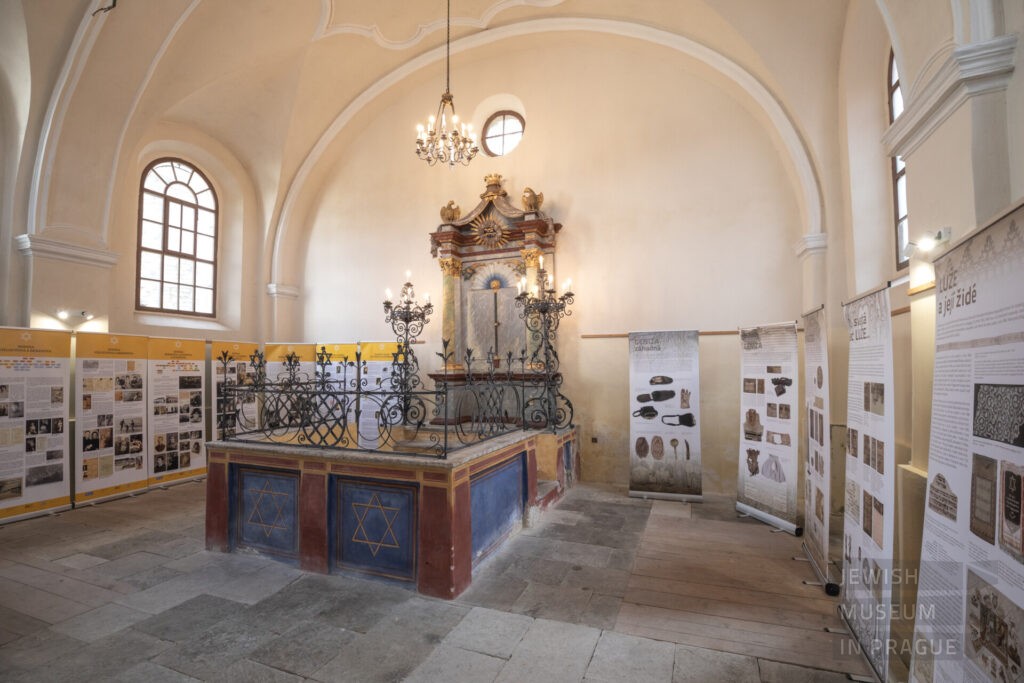
Since April 2022, the synagogue in Luže, East Bohemia, has been hosting a panel exhibition on the history of the local Jewish community and, in particular, on finds from the Luže genizah – the largest intact genizah to have been discovered in the Czech lands. This exhibition was put together in association with the municipality of Luže and the Chrudim Regional Museum. Admission is free, and it is open on weekends from June to September. Visits can also be arranged via telephone by contacting the tourist information centre in Luže.
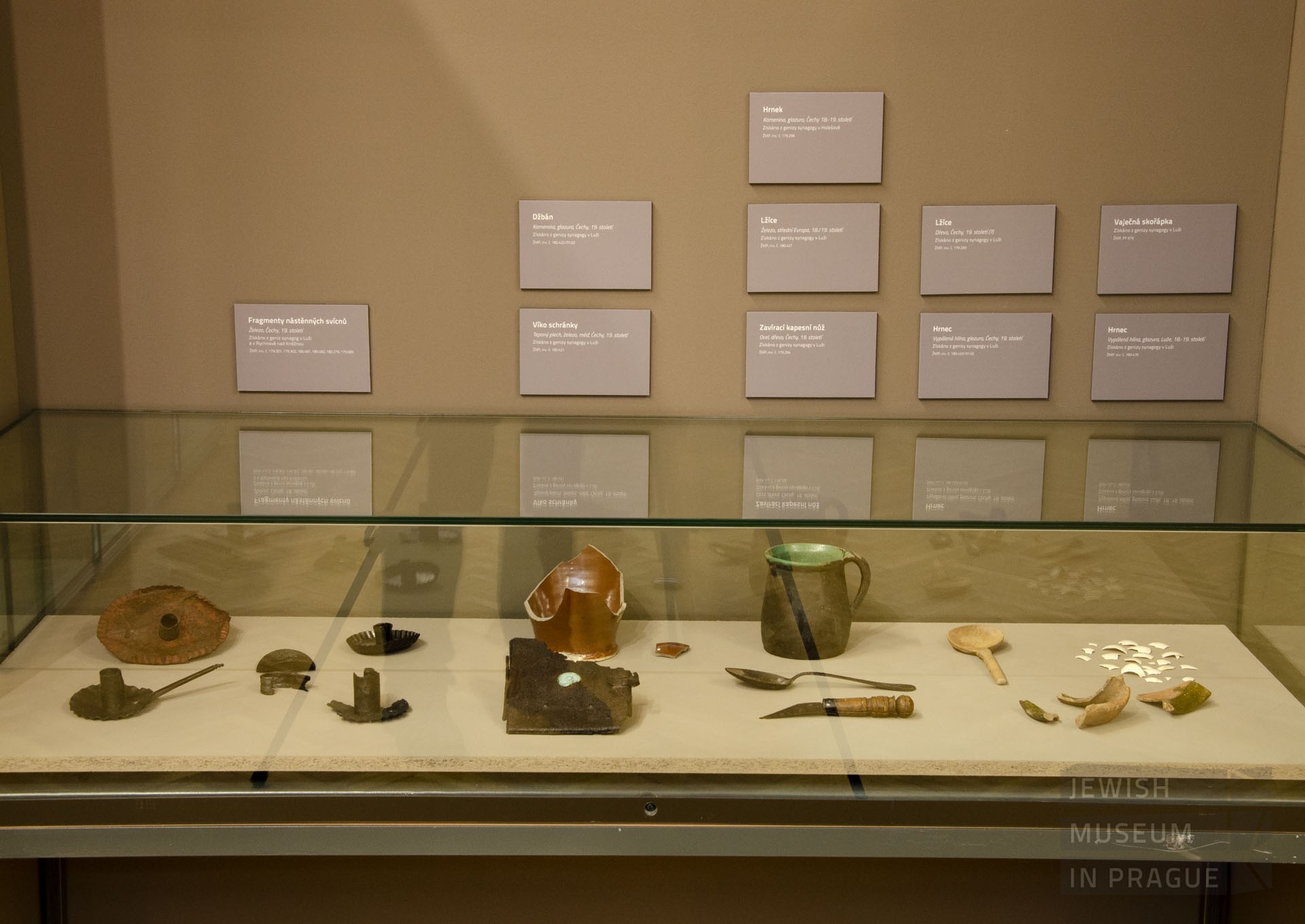
A display banner with a stylized ladder on the wall of the Chrudim Regional Museum attracted visitors to the Secrets in the Attic exhibition, which was held by the Jewish Museum in Prague in association with the Chrudim museum. This exhibition was the culmination of many years of joint efforts by Jewish Museum staff and museum professionals from the Chrudim region with the aim of returning, at least for a while, the genizah finds from eastern Bohemia to their place of origin. The Chrudim exhibition conveyed to the fullest extent the protective function of the genizah. It was installed in the two ground-floor rooms of the Chrudim Regional Museum. In the first room, focus was placed on the core requirement of genizah, i.e. the practice of setting aside Jewish ritual objects that contain the holy name of God, or that are associated with the performance of religious duties (mitzvot). In the second room, the attention of visitors was directed to less usual objects that are also discovered in genizot – particularly footwear, clothing, utensils, and metal objects in common use. The exhibition was accompanied by a short animation that highlighted the element of mystery associated with synagogue attics through the motif of a shoe.
In connection with the Secrets in the Attic exhibition, we have put together worksheets with the graphic designer Eva Holá for use by school pupils and adult visitors alike. If you feel like it, try filling them in – you can certainly do it without our supervision.
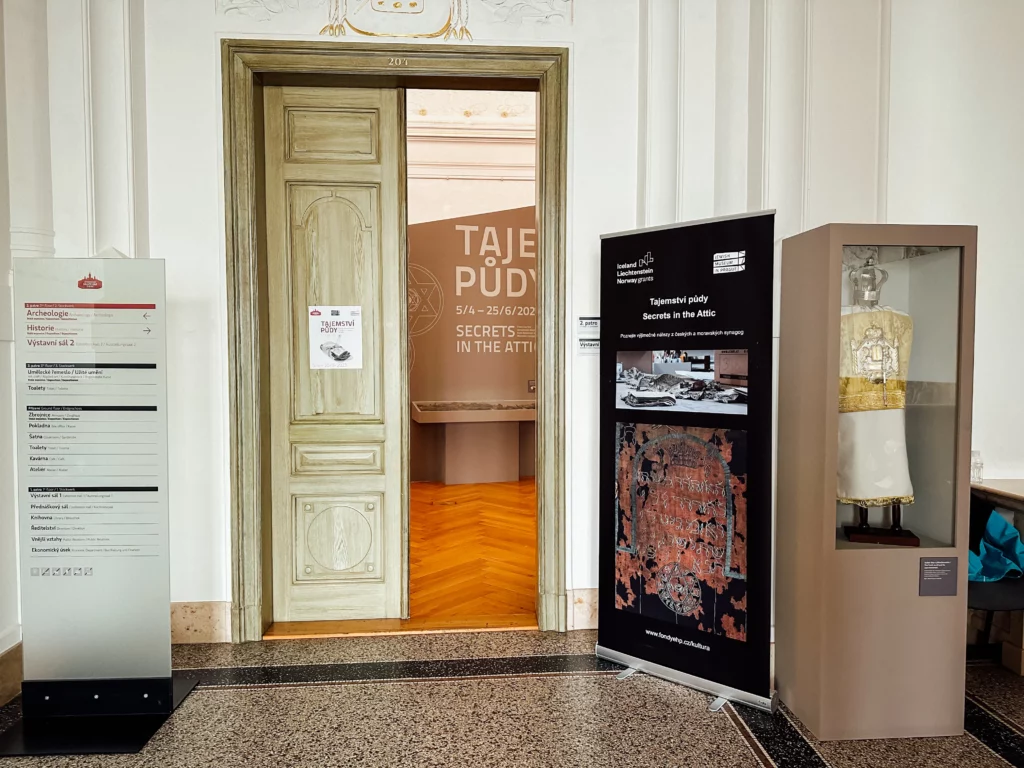
The exhibition in Pilsen focused on genizah finds from western and central Bohemia, supplemented by unique items from other genizot. Once again, the focus of attention was the Torah scroll and its accessories, i.e. the textiles that protect and adorn it: binders, mantles, Torah ark curtain, and valances. The exhibition initially showcased the most common genizah finds, namely prayer books and various personal textiles (small tallitot). The setting then shifted from the everyday to the festive with focus on Jewish holidays. Some of the genizah finds were related to Jewish schools. Special attention was again paid to footwear and other genizah mysteries. The exhibition was accompanied by animations, films, and an entertaining quiz in Czech and English.
The genizah phenomenon is innovatively presented through the social media platform Historypin at www.historypin.org/en/ceske-a-moravske-genizy. Historypin is a digital, globally-accessible, user-generated archive of photographs, videos, audio recordings, personal memories, collections, and artefacts associated with specific local communities or with various thematically focused historical collections and holdings.
Unable to keep track of all the terms relating to Jewish material and religious culture? Visit the website of the Jewish Museum in Prague for a glossary of terms and much more …